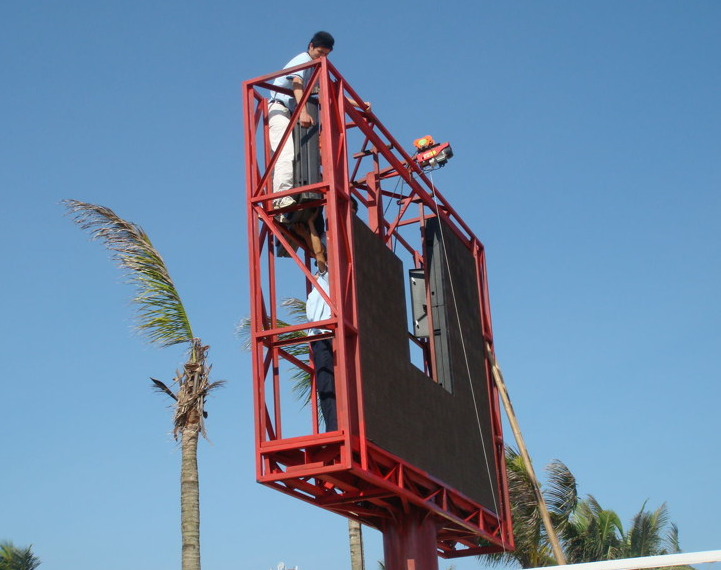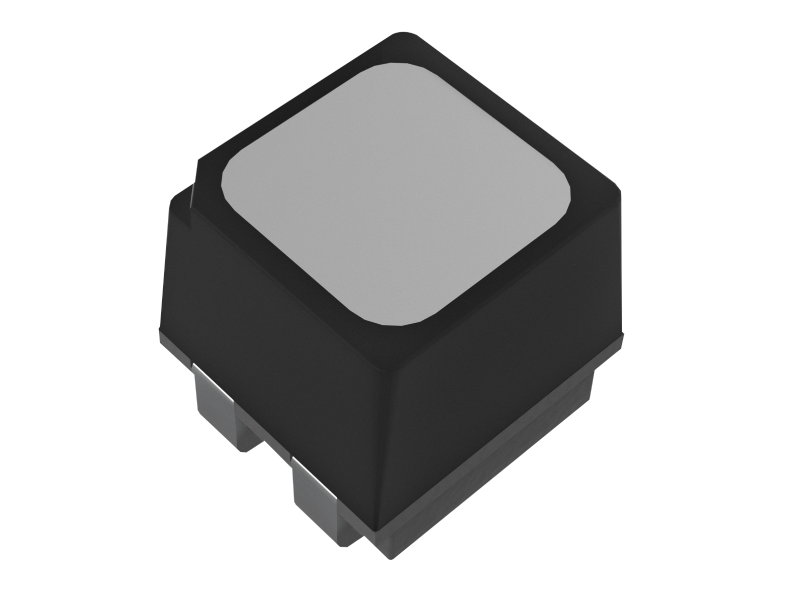LED screens are popular and come in various styles. Installing LED screens require careful planning and execution to ensure optimal performance and longevity, and the procedures vary a lot in accordance with different types of LED screens. Here in this article, we’ll discuss over a comprehensive guide for LED screen installation that includes common steps you should take into consideration.

Determine Display Requirements:
- Understand the purpose and desired functionality of the LED screen.
- Define the screen size, aspect ratio, resolution, and orientation based on viewing distance and content type.
- Consider environmental factors such as ambient light, temperature, and humidity to select a suitable screen model.
Site Survey:
- Conduct a thorough site survey to assess the installation location.
- Determine structural requirements, including load-bearing capacity and wall/floor reinforcement if necessary.
- Evaluate power availability and proximity to data/video sources.
- Consider safety measures, access for maintenance, and any local regulations or permits required.
Content and Connectivity:
- Prepare the content that will be displayed on the LED screen, ensuring it is compatible with the screen’s resolution and format.
- Determine the connectivity options, such as HDMI, DVI, or Ethernet, based on the source devices and distance from the screen.
Mounting and Rigging:
- Select the appropriate mounting method based on the screen size, weight, and structural support available.
- Ensure the mounting structure is secure and properly aligned to prevent any strain on the LED screen.
- Follow the manufacturer’s guidelines and consult an experienced professional if needed.
Power and Data Connections:
- Connect the LED screen to a reliable and stable power source, adhering to electrical codes and safety practices.
- Install surge protection devices and proper grounding to safeguard the LED screen and connected equipment.
- Establish data connections, ensuring cables are properly routed and secured to prevent interference or accidental disconnection.
Calibration and Configuration:
- Calibrate the LED screen to optimize color reproduction, brightness, and contrast.
- Adjust image settings, such as gamma, color temperature, and color balance, according to the content and desired visual quality.
- Configure any additional features or settings specific to the LED screen model, such as aspect ratio control or image rotation.
Testing and Quality Assurance:
- Conduct thorough testing of the LED screen and associated components, including power, connectivity, and content playback.
- Verify image quality, color accuracy, uniformity, and any interactive features if applicable.
- Address any issues or discrepancies identified during testing, ensuring the LED screen meets the desired performance standards.
Ongoing Maintenance and Support:
- Establish a maintenance schedule to clean the LED screen regularly and inspect for any physical damage or performance issues.
- Stay updated with firmware or software upgrades provided by the manufacturer to optimize performance and security.
- Document installation details, including specifications, wiring diagrams, and any customization, for future reference and troubleshooting.
As we mentioned in the beginning, LED screen installations can vary significantly based on specific requirements, equipment, and environmental factors. You’d better consult with professionals, including manufacturers, installers, or AV integrators, can provide valuable expertise and guidance throughout the installation process.

